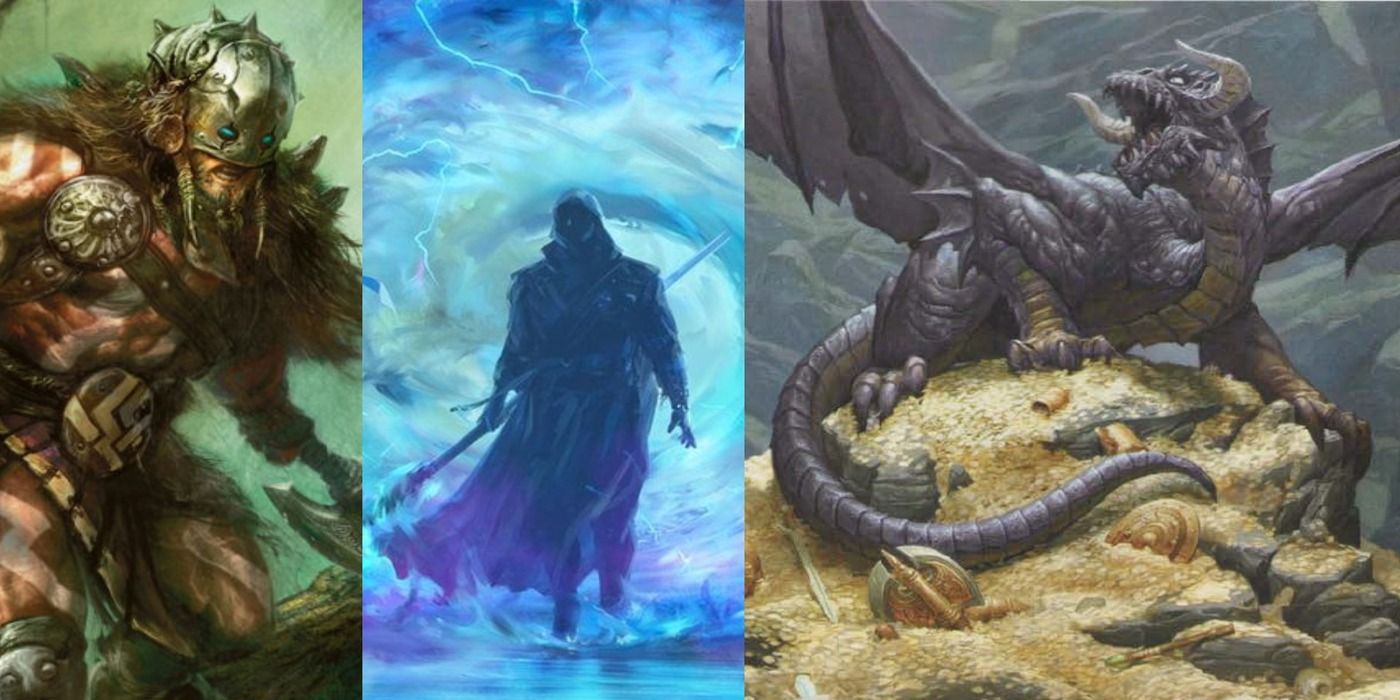
The term "homebrew" comes up a lot in discussions about tabletop role-playing games, or TTRPGs. The concept has existed since the beginning of the genre, with game masters tweaking their games as they saw fit or building whole new games from the ground up using only basic information from existing RPGs.
RELATED: Things You Need To Know Before Starting Your First Dungeons & Dragons Game
Most of them are based on the vast framework of the Dungeons & Dragons universe, which has an impressive library of materials these days, along with all of the spinoff and supplemental content available, the concept of the homebrewed game is more accessible than ever before.
When a player or Dungeon Master makes their own unique character, module, scenario, or even a class or diety that isn't explicitly in the lore but uses the same rules and backstory, this is homebrew. Even a simple map made specifically for a campaign, but not directly taken from the related materials, is an example of a homebrew campaign. It's often the realm of more experienced players who are familiar with enough of the material to strike out on their own, but given the information now available, the homebrew seems to be going mainstream and developing a life of its own.
A homebrew campaign is something a Dungeon Master (DM) would put together for an adventuring party. It's a dungeon crawl, a rescue, or the acquisition of a precious artifact, set within an official D&D module or in yet another homebrew that the DM has crafted using similar resources. There are a few steps to follow to make this process easier and even fun so we can get to the best part, and that's actually playing the game.
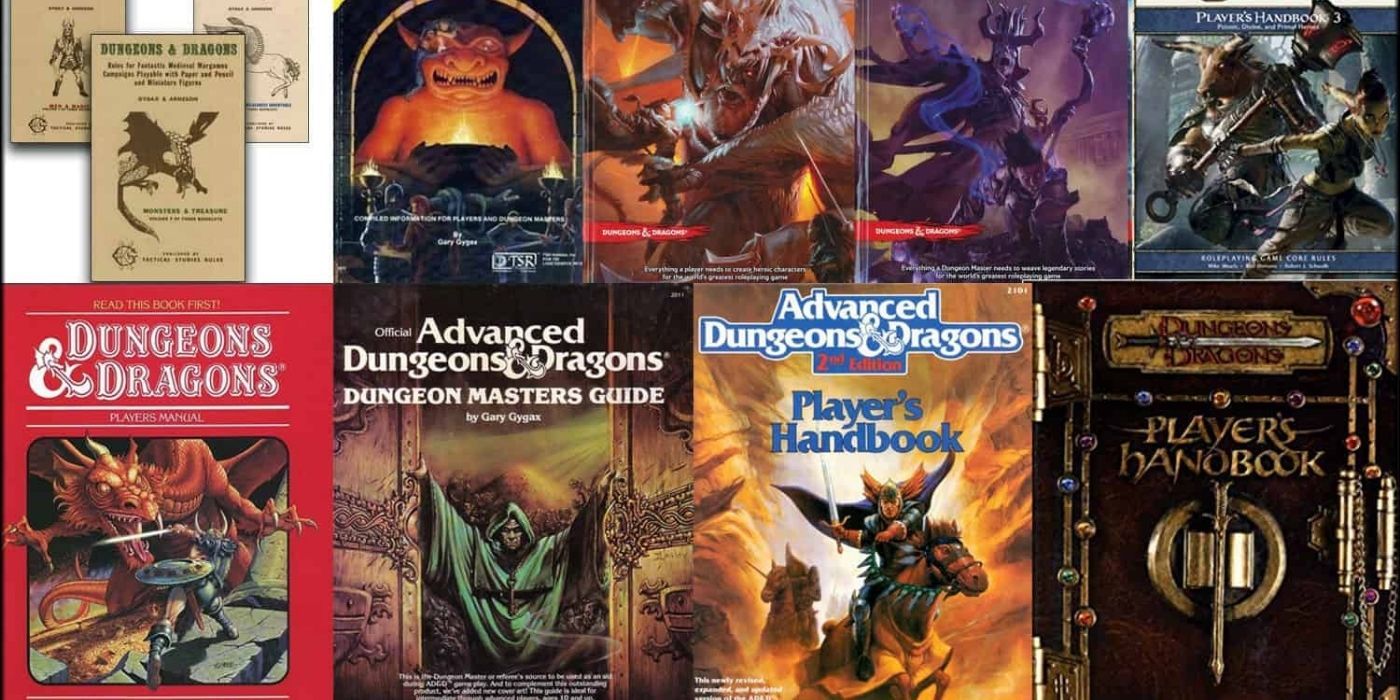
When Gary Gygax first created a set of rules for his miniature war game in the late 1970s, there was very little to work with that had come beforehand. This might have been an advantage initially, as the concept was fairly new and there were no prior rules to break. Today's homebrewers have the opposite problem. It's easy to feel overwhelmed by the amount of information available for each unique mix. Some materials are flexible and can be used for a variety of campaigns while others are situational.
Any of these can also be crafted from the ground up, but that's entirely up to whoever is building the campaign and how much work they're prepared to do. There are some handy resources DMs can use when they need inspiration, direction, or a handy equation. When it's time to look at the finer details there are plenty of resources for that, too.
- The Players' Handbook: There are so many different versions of this particular volume that it's easy to get confused. Older rules are still commonly used for vintage games and homebrewers can employ what they want. Choosing to use the framework presented here when it comes to players and encounters is one way to get started.
- Dungeon Master's Guide: This is optional for players but essential for Dungeon Masters or those who are interested in taking on the role. Those looking at homebrew options are either experienced players or a DM who owns this guide already.
- The D&D Starter Set of Your Choice: There's a wide variety of starter kits available and they're intended for beginners, but it's also a handy resource for homebrew projects. Starter packs usually include several sets of dice, handy booklets with condensed info on stats and combat, and basic character creation sheets.
- The World Builder's Journal of Legendary Adventures: Anyone can have fun with this book, which consists of 365 writing prompts to create a unique storyline for any campaign.
- Xanathar's Guide to Everything: A supplemental book that expands on the existing player and DM handbooks, it includes information about curious objects, mysterious monsters, and new character classes.
- Guild Master’s Guide to Ravnica: This resource crosses over into the Magic: The Gathering card game. It details the ten distinct guilds of Ravnica, which includes information about local races and customs and includes suggestions for homebrew campaigns that use the setting.
- Tales From The Yawning Portal: Named after a famous tavern in D&D lore, a homebrew campaign can certainly start here and go just about anywhere.
RELATED: Pro Tips To Create A Cyberpunk D&D Campaign
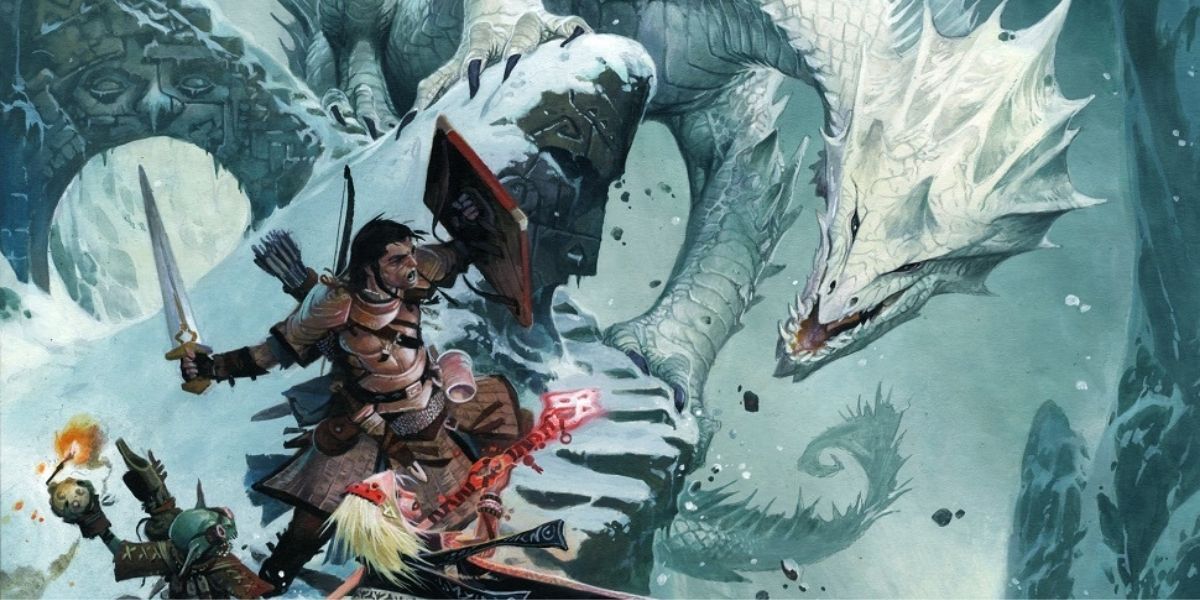
The module is the setting in which the campaign takes place. A single adventuring campaign can go through a number of modules, so this is something that homebrewers should keep in mind if they want to build their own. Many of these resources are specific to certain genres when building a game that includes characters like vampires or pirates, while others are more general in nature. Modules often include campaign ideas that homebrewers can use.
The current library of modules and existing campaigns based on D&D rules offers something for everyone. There are literally hundreds to choose from, but some are iconic, inspiring more homebrews than others.
- Waterdeep: Dragon Heist: It's not just this module on its own, which is a stellar example of a typical D&D setting and adventure. It's also the sequel, Dungeon Of The Mad Mage, which includes some impressive dungeon scenarios, that homebrewers will find useful.
- Candlekeep Mysteries: A collection of 17 different stories intended for characters level 1 to 16, a handy resource if a plot or basic storyline is required, especially if the Sword Coast is a possible setting.
- Van Richten's Guide to Ravenloft: Written by the vampire hunter and D&D character Van Richten, this guide also includes information about witches, werewolves, hags, and other creatures common in the occult pantheon.
- Any of the Forgotten Realms Endless Quest books: In an updated version of a "Choose Your Own Adventure" scenario, both DMs and players can find a lot of inspiration for D&D-related campaigns.
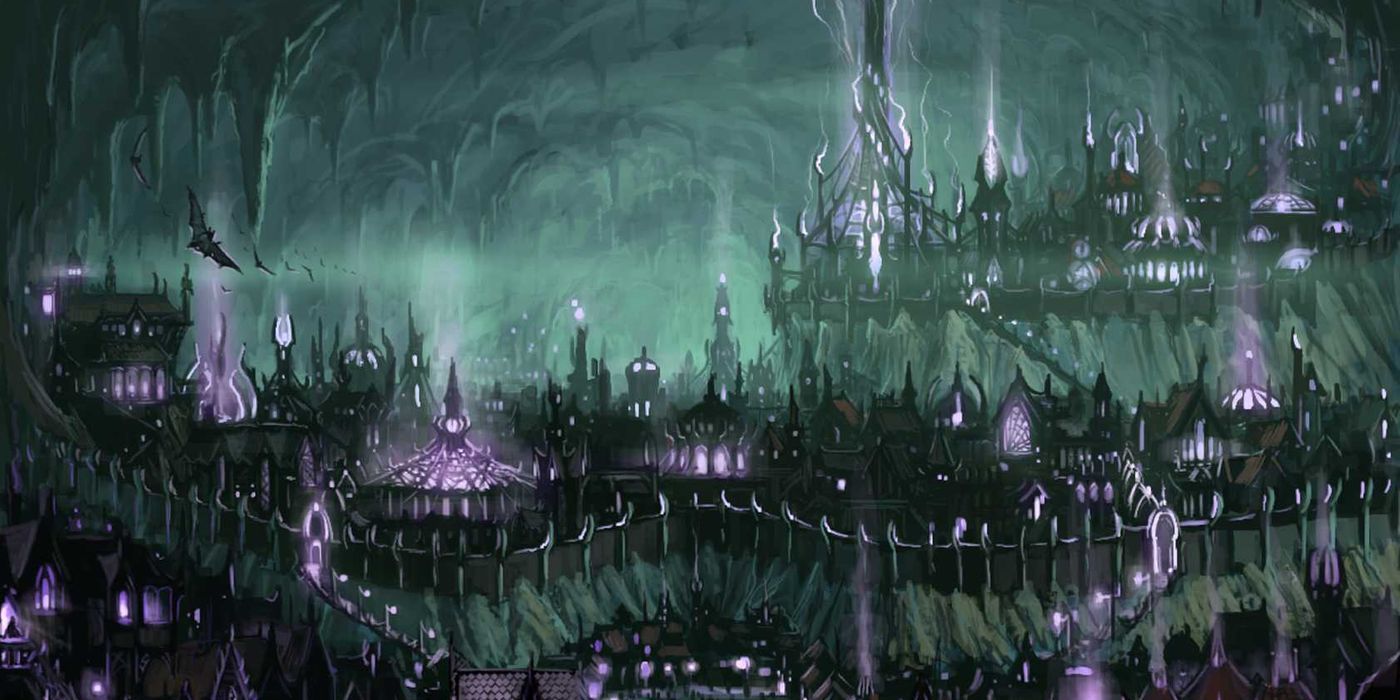
If a homebrew campaign is built on an existing module, the DM may not want or feel the need to make any changes to the basic layout. However, the nature of homebrew means that they are free to do so if it compliments the adventure.
The biosphere in which the campaign will take place will already be determined by the module chosen, but the finer details could be a matter of homebrew. Add basic features like mountains or lakes when needed. Consider flora, fauna, and weather along with seasonal concerns if the area has them.
Also known as the NPC. these figures can be hostile or friendly and often serve as the expository elements in a campaign. They're an essential part of the setting aside from holding up the basic framework of the story. Examples include tavern keepers, the local blacksmith, or the street urchin.
A campaign is nothing without a series of carefully planned encounters. When it's time to choose a monster for the heroes to fight, it's possible to make something up based on the setting and rules, but inspiration can also be found in several handy resource books.
- The Monster Manual: An essential tool that covers every hostile beast imaginable, from the tiniest goblin to the grandest beholder, with basic stats and useful background information.
- Volo’s Guide to Monsters: This is a supplement to the Monster Manual and includes playable races as well as instruction for players on how to build their own terrifying beasts.
- Mordenkainen’s Tome of Foes: Named after a wizard that's been an integral part of D&D lore since the early days, it tells various stories about some of the more ancient and malevolent races of monsters and the battles that made them famous.
RELATED: The Strongest Boss Monsters In Dungeons & Dragons, Ranked
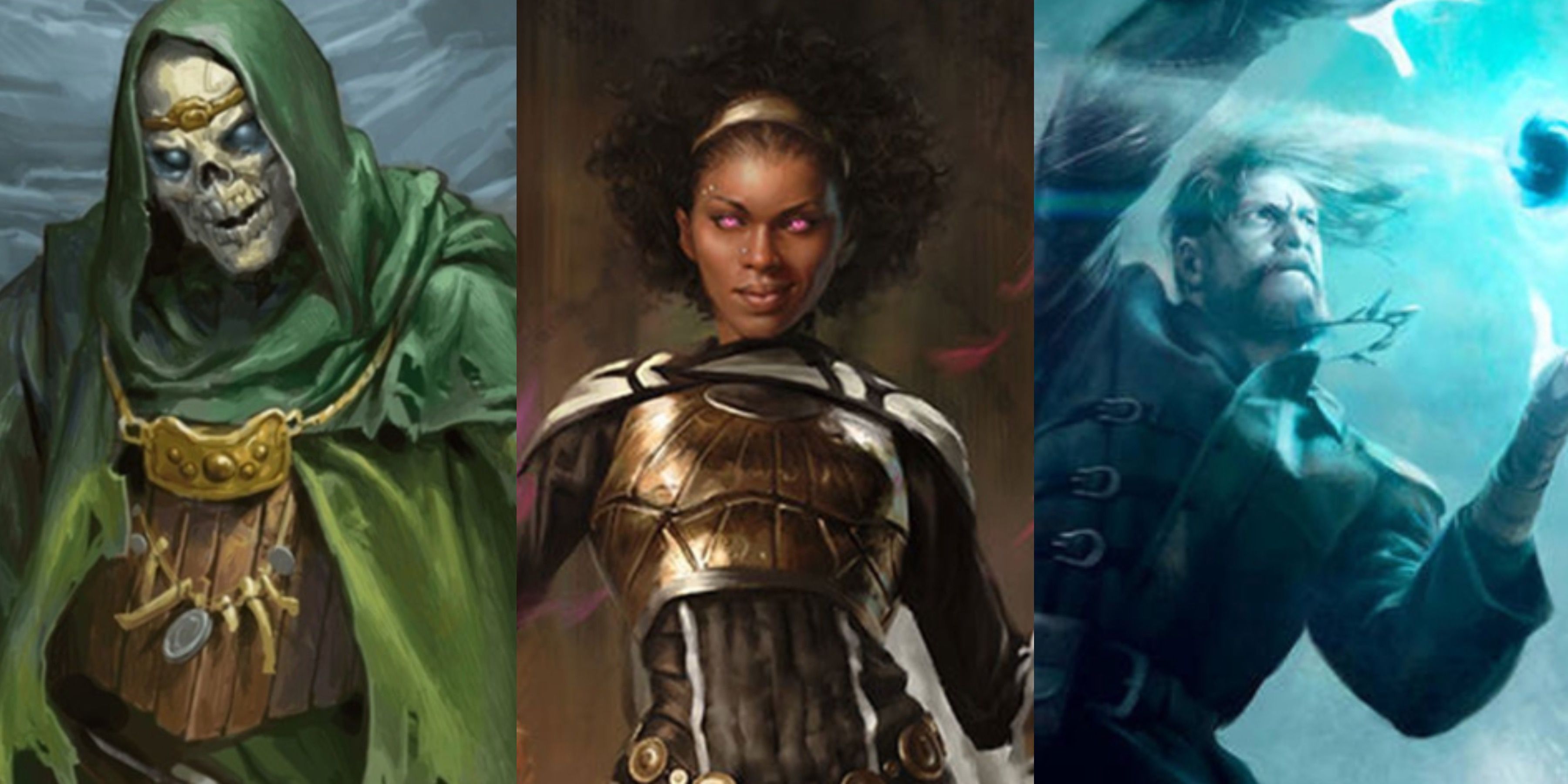
The races and classes available in any homebrew are determined by everything that's been created up until this point. The local environment has a profound effect on the people and animals that the campaign will include and the party will encounter.
- Races and Cultures: Homebrew creations often include a mix of options depending on the players. The DM could be building a campaign for an existing party and thus take their origins into account when creating their world.
- Deities: This is an important factor when it comes to moral alignment, or in the case of a Cleric, their basic spellcasting powers.
- Classes: Most homebrew ideas probably have their genesis here, when players and DMs starting working together to create unique and powerful characters.
- Nations: National borders or politics can influence individual alignments and other basic character traits, like education or economic status.
- Settlements: The party will likely be traveling at some point, and any kind of settlement on the landscape is potentially an important part of the campaign, even if it's just a place to rest and resupply.
RELATED: Dungeons & Dragons: Every Casting Class, Ranked
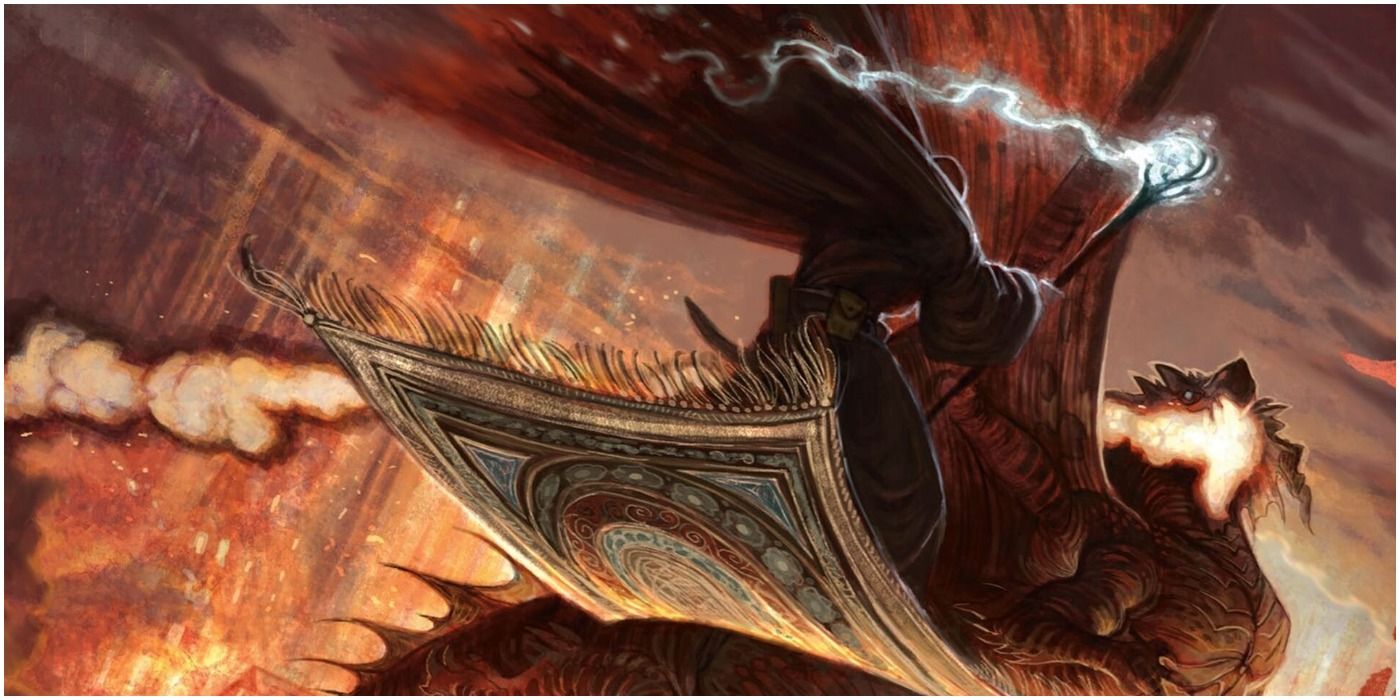
There's a lot for a Dungeon Master to put together when they're hosting a game in the first place, and dealing with a homebrew campaign can make things even more complicated. A campaign should be challenging enough to entertain the party and make their leveling progress more interesting, but not so difficult that it's frustrating nor so easy that it's boring.
RPGs are all about customization, and the trend is gaining even more momentum, which means there's enough material out there for any campaign that a DM can build. Remember to keep the party's level and background in mind, make sure you bring an extra eraser to each session, and most importantly, have fun.

